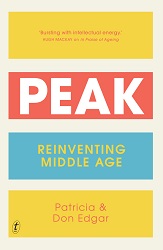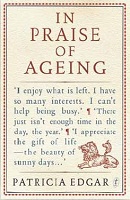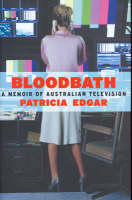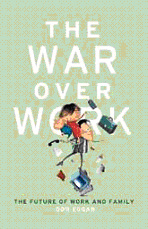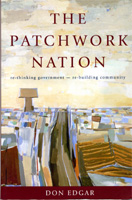Media and children's rights in the digital age
|
By Patricia Edgar - posted Wednesday, 17 September 2014 |
All too often the media stand accused about their negative influence on children with the result their great positive potential for children remains underused. We hear instead about the 'disease' model of child protection, regulation and prevention.
The World Summit movement on Media for Children since its inception in Melbourne in 1995, has fostered a positive, health-promoting model of quality media that will enhance child development and learning, and empower children to strengthen what they are already creating as 'producers' of media content. Children have become very active participants who are reshaping the media environment on their own terms, not just 'consumers' in need of adult protection.
In 2010 UNICEF released a study of six major dimensions of child well-being and media was not one of them. The Report stated : 'The true measure of a nation's standing is how well it attends to its children ? their health and safety, their material security, their education and socialisation and their sense of being loved, valued and included in the families and societies into which they are born'.
No one should argue with that, but children's well-being should be firmly at the centre of the debate around young people, media and technology. Globally there are important rights children should be able to expect in relation to media and their use of media.
First they have a right to see themselves, their communities and their cultures reflected accurately and with respect in media content, not just to be exposed to a homogenised, globalised, consumer-driven market culture. Children have a right to programs that are of high quality in terms of scripts, characters and production values. They have a right to stories and activities that are entertaining, educational and inspiring to their thinking and learning processes.
Second children have a right to be given a voice for their ideas and life goals, and guided towards more sophisticated expression of their voices in all forms of traditional and new media. Instead of sitting outside the standard media structures, children's own productions and ideas for media programs need to be listened to and welcomed.
Third, children have a right to have equal access to all forms of media so none are disadvantaged in the digital age. This is especially important for girls. Much educational disadvantage could be addressed through better access to digital media.
Fourth, children should expect to learn about the world and their place in it, to learn the universal values which should bind the human race together, via the media they access and use.
Fifth, children have a right to have schools and education policy more closely linked with communication policy in recognition of the fact that children learn as much from exposure to media as they do from the standard school curriculum.
Such rights imply a shift in focus away from seeing media as the enemy, a threat, something to be warned about and regulated negatively. This approach has dominated the thinking behind the adult agenda for children far too long. This means closer attention needs to be paid to the quality of programs currently offered by producers and broadcasters. We should be discussing the values that underpin children's media programs. How do current programs impact on children's understanding of the world? How can we educate writers and producers to better use the educational, social and moral potential of their media products?
We need wider discussion and understanding of the role media play in early childhood learning (in developing socio-emotional intelligence, literacy and cognitive ability) and, in particular, we need a concerted campaign to insist with governments and regulators that media policy take into account the positive ways digital media could be incorporated in school learning.
That would mean a much more sophisticated approach to media literacy in the school curriculum. We need teachers who understand the media production process, not people just trained in theory to understand the semiotics of media, or the tricks of advertising, or dangers of cyber-bullying, or to oppose to what they regard as the damage of 'multi-tasking'. On that issue there is not one credible study that supports this view. On the contrary, brain research is demonstrating the resilience of the brain. The more the brain is challenged the better it responds. There is no such thing as mono-tasking.
We know that the brain is always multi-tasking and our goal should be to harness the new media so they enhance every aspect of child development and learning. We need a completely new model of digital teaching and learning and all teachers, not just media literacy teachers, have to become part of that process.
Above all, we need to channel children's newfound and innate ability to communicate directly via the new media into higher quality self-productions, cross-cultural exchanges of educational material, sharing learning resources across advantaged and disadvantaged areas of the globe and within nations, so that all the world's children grasp their right to quality learning and full development of their potential.
Children have a right to the best that media can offer; they are the future citizens of a different, digital world most of us are struggling to understand. As a tool for the voice of children, as a tool for the education of children, as a tool for cultural identity the media are unequalled. They are a most powerful force affecting children's lives everywhere. Difficult as it may be it is our task to think this through.
Dr Patricia Edgar is the Chair of the World Summit on Media for Children Foundation. This article is based on an address to the 7th World Summit on Media for Children held in Kuala Lumpur, Malaysia September 8-10th 2014.



